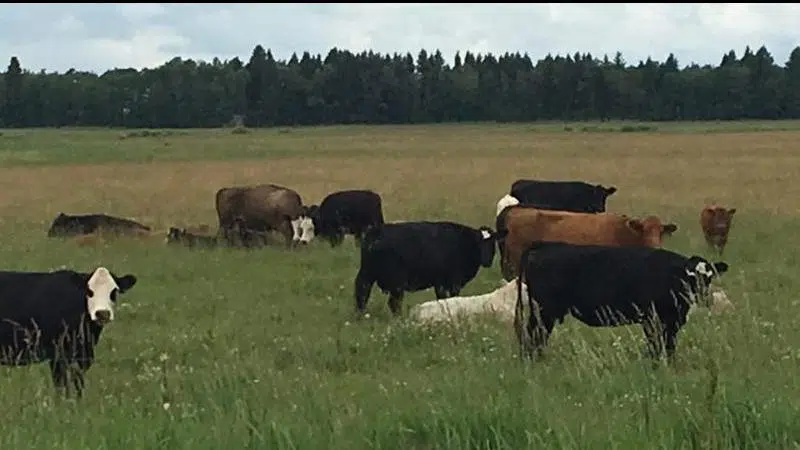
Provincial government has advice for livestock producers following deaths
The Government of Saskatchewan is recommending cattle producers take some steps after a case of anthrax was reported in the province’s southeast.
Wendy Wilkins, disease surveillance veterinarian with the Ministry of Agriculture said seven animals have died after being poisoned by anthrax.
Wilkins explained anthrax spores are present in the soil given that Saskatchewan has a large amount of alkali, which allows the bacteria to survive better.
“These spores lay dormant in the soil for years,” she said.


